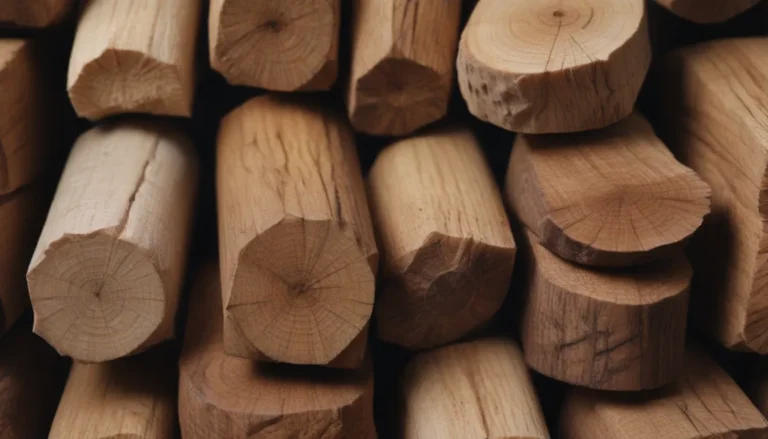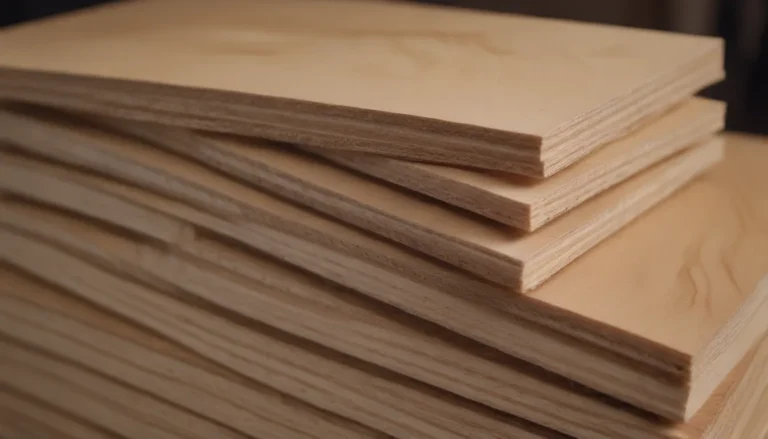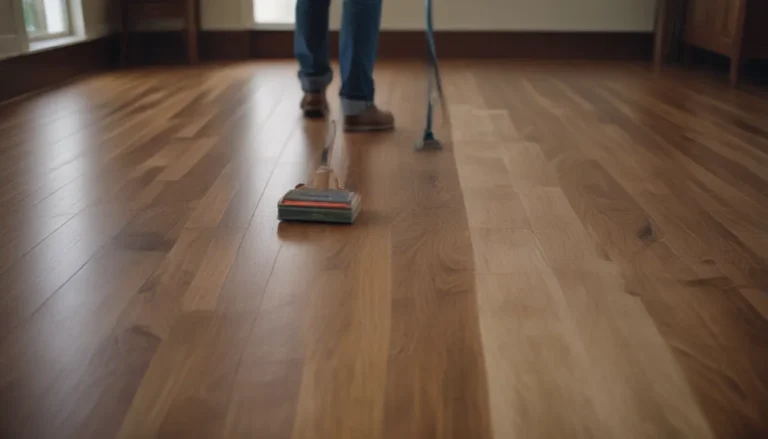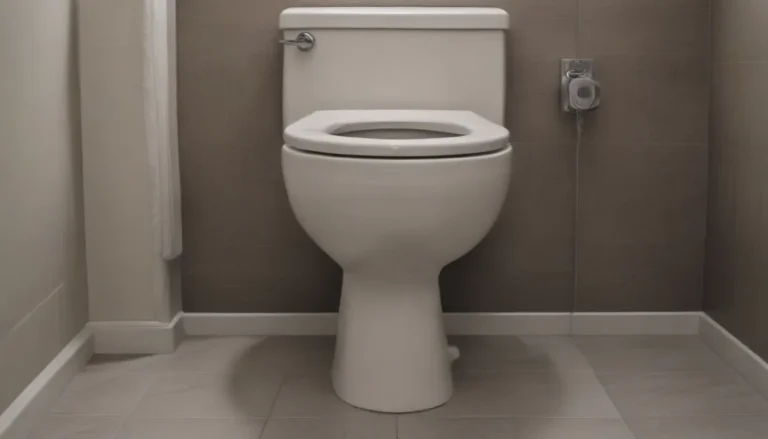Identifying and Dealing with Asbestos Insulation in Your Home
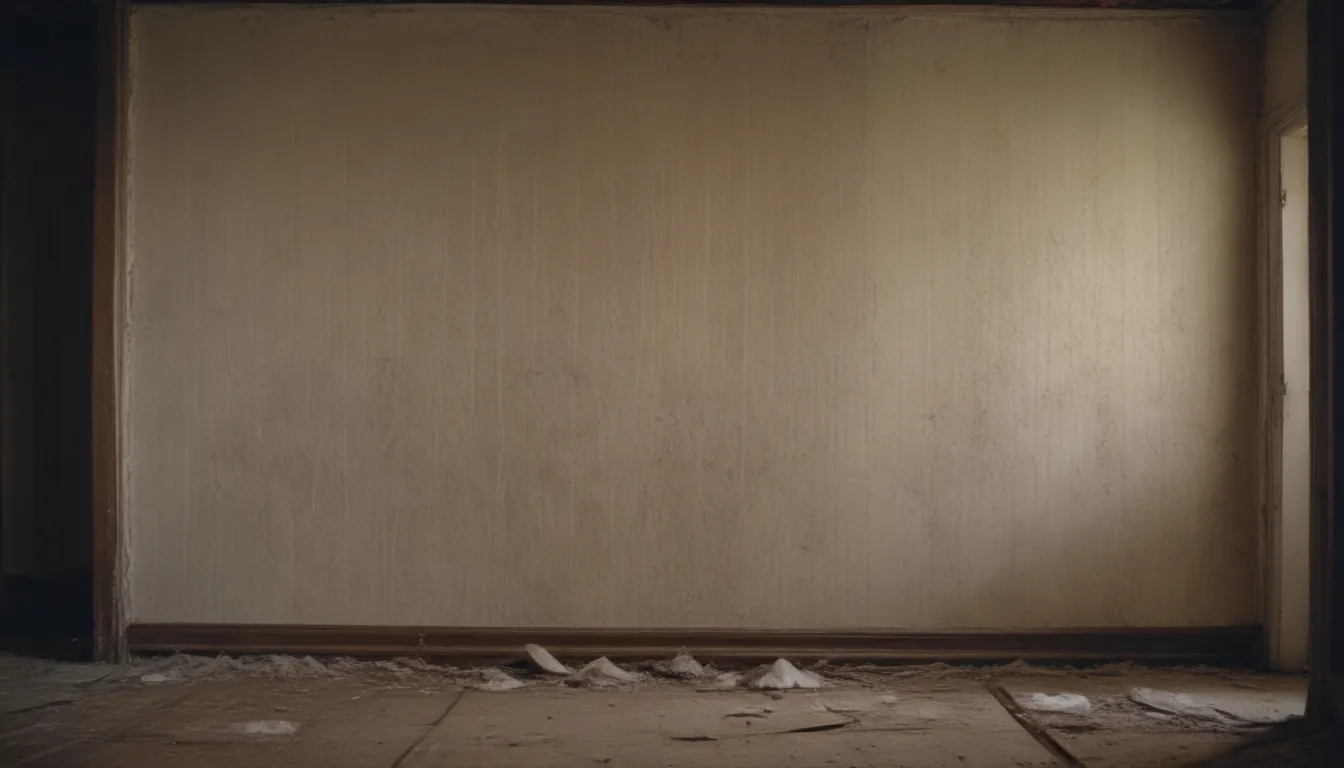
Asbestos insulation, once a common building material due to its strength and fireproof properties, poses serious health risks if disturbed. It was used in various applications such as insulating walls, pipes, and boilers in homes built from the early 1900s up to the 1980s. Asbestos fibers, when inhaled, can lead to severe health issues including asbestosis, lung cancer, and mesothelioma. Therefore, it is crucial to be able to identify asbestos insulation in your home and know how to handle it safely.
What Does Asbestos Insulation Look Like?
Types of Asbestos Insulation:
- Spray-on Insulation: Identified by its thick gray layer on ceilings, made almost entirely of asbestos.
- Loose-Fill Insulation: Fluffy and almost entirely made up of asbestos, often found in attics and walls.
- Block Insulation: Resembles boards and entirely made of asbestos, releasing fibers when sawn or manipulated.
- Blanket/Wrapped Pipe Insulation: Wrapped around pipes, it looks like corrugated cardboard or paper, with a gray or off-white color.
- Vermiculite Insulation: Loose-fill insulation with a pebble-like appearance and grayish-brown or silvery-gold color.
Signs Your Insulation May Contain Asbestos:
- Corrugated Edges: Asbestos pipe insulation features corrugated edges, while fiberglass insulation has tufts of fiberglass.
- Crumbling: Very old wrapped insulation can easily crumble, releasing asbestos dust.
- Mine Source: Houses built before 1990 may contain vermiculite insulation sourced from the Libby mine in Montana, which closed in 1990.
Insulation That Likely Does Not Contain Asbestos:
- Batt or Blanket Fiberglass Insulation: Pink or white strips about 16 inches wide, generally safe from asbestos.
- Cellulose Insulation: Gray, soft, and made of recycled paper, without minerals.
- Loose-Fill Fiberglass: White, fluffy, and shiny under bright light.
- Rock Wool Insulation: Fibrous, cottony texture, manufactured from melting basaltic rock and dolomite.
What to Do With Asbestos Insulation Around Your Home
If You Suspect Asbestos Insulation:
- Avoid Disturbing It: Asbestos fibers are most dangerous when airborne. Leave the insulation undisturbed.
- Testing: Use an asbestos testing kit or have a sample tested at a laboratory to confirm asbestos presence.
- Professional Removal: If asbestos is detected, consider hiring a local asbestos abatement company for safe removal.
- Safety: Refer to resources provided by the U.S. Environmental Protection Agency for proper handling procedures.
Resources for Dealing with Asbestos:
- Int J Environ Res Public Health. 2017;14(11):1302
- Centers for Disease Control and Prevention
- United States Environmental Protection Agency
Safety First:
Always prioritize your safety and the safety of your family when dealing with asbestos insulation. If in doubt, seek professional help and guidance to ensure proper handling and disposal.
By being able to recognize asbestos insulation and knowing how to address it safely, you can protect yourself and your loved ones from the harmful effects of asbestos exposure. Stay informed and proactive when it comes to handling asbestos-containing materials in your home.
